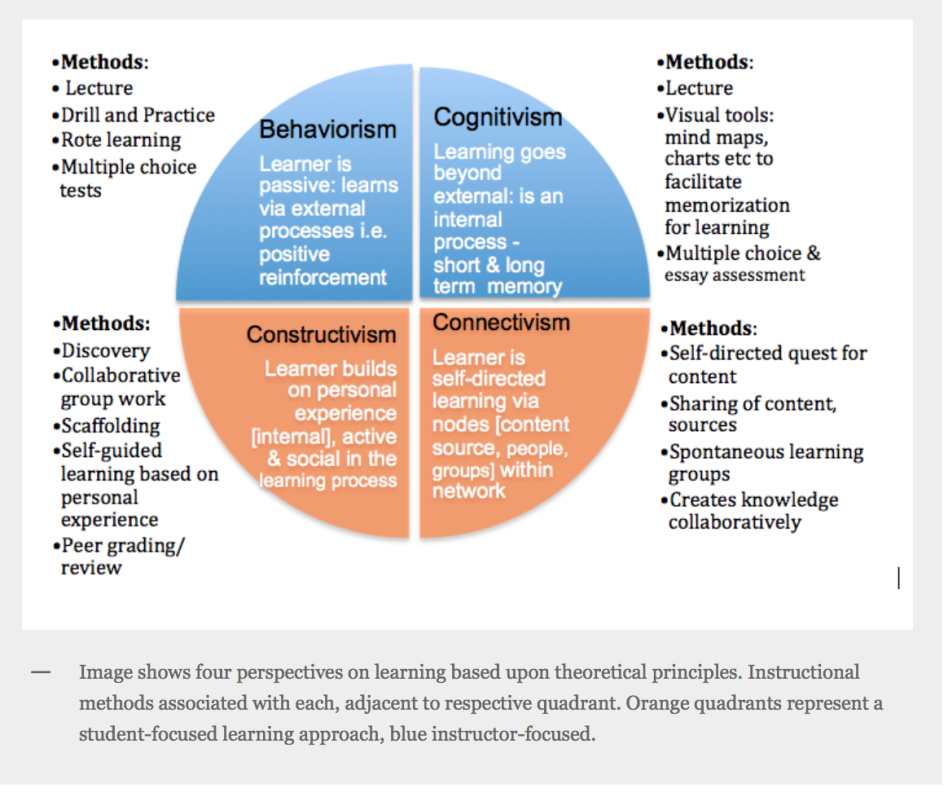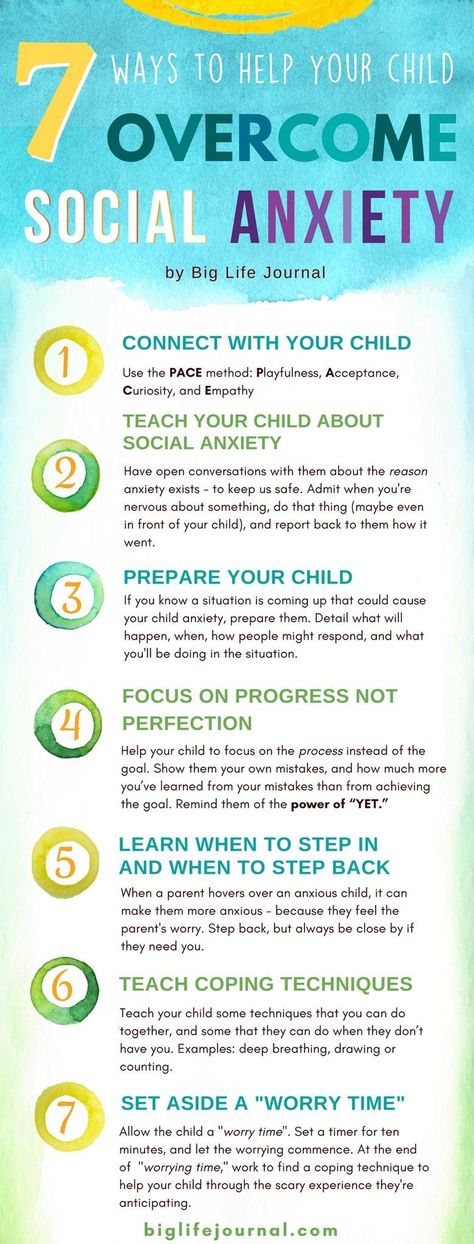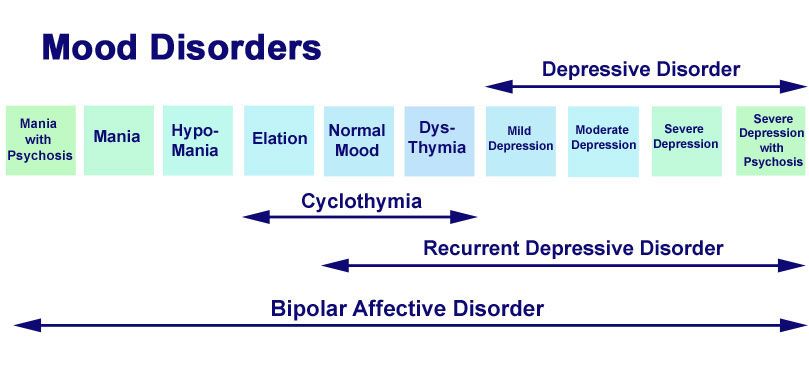Self esteem and trauma
Trauma and Low Self Esteem
Do you feel like you spend a lot of your time worrying about how you are perceived by others? Do you often feel “less than”, or over-analyse each of your words and actions once you have left a situation? If you feel like this, it’s very possible that you are suffering from low self esteem that could be attributed to your trauma. A study done in 2018 which looked at the relationship between post-traumatic stress disorder and self-esteem found that the “higher the tendency for PTSD, the lower the self-esteem”. According to the study, “the onset of PTSD causes a decline in memory ability and attentional function, which interferes with one’s life and leads to self-denial, resulting in a decline in self-esteem”.
Examples of trauma related low self esteem:- Seeing people whispering and laughing and immediately thinking that they are talking or laughing about you.
- When someone you consider to be an authority figure (parent, teacher, policeman, boss) asks you to talk to them, always feeling guilty and as though you’ve done something wrong, even when you haven’t.
- Focusing on one negative comment when you may have received 5 positive ones.
- Believing that people don’t want to spend time with you.
- Not understanding why friends or partners would care about you, or love you.
Be aware of negative thinking – It can be difficult to identify negative thinking patterns, however try to take the time to examine your thought processes. Slow yourself down and monitor what you think. In doing this you will be able to get an increased awareness of your thoughts and eventually you will see how they impact your mood and behaviours.
Slow the negative thoughts down:It would be unrealistic to believe that you could completely switch off all negative thoughts. Often we are so used to telling ourselves negative things about ourselves, or catastrophising about our futures, that completely getting away from them would be near impossible.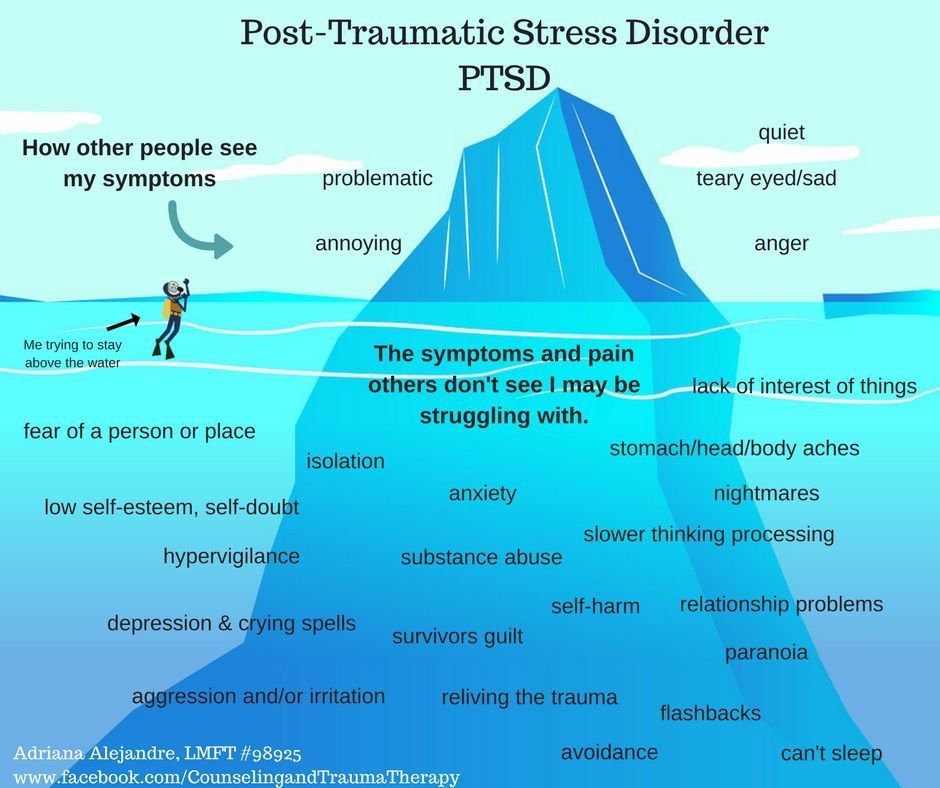 You may find that more you try to expel them from your consciousness, the stronger they get. Because of this, it is important that you learn ways to be able to distract yourself from these thoughts. There are many techniques that you can use such as mindfulness, deep breathing and yoga or other forms of exercise. It’s important to understand that distraction is not about avoidance and these methods won’t necessarily make these thoughts disappear. However, they may enable you to take a moment to reassess, give yourself some distance from the thoughts and slow them down which may make them easier to cope with.
You may find that more you try to expel them from your consciousness, the stronger they get. Because of this, it is important that you learn ways to be able to distract yourself from these thoughts. There are many techniques that you can use such as mindfulness, deep breathing and yoga or other forms of exercise. It’s important to understand that distraction is not about avoidance and these methods won’t necessarily make these thoughts disappear. However, they may enable you to take a moment to reassess, give yourself some distance from the thoughts and slow them down which may make them easier to cope with.
If you have managed to slow your thoughts down and taken that step back, see if you can, with the distance you’ve put between yourself and the negative thoughts, challenge them. Normally you will find that you just accept your thoughts, without questioning their validity. When dealing with negative thought patterns, it can sometimes be really useful to ask yourself a few key questions about the thought, such as:
- What is the evidence that proves this thought is the reality?
- How are you feeling right now whilst you are having this thought?
- Would you still have this thought if you felt differently, i.
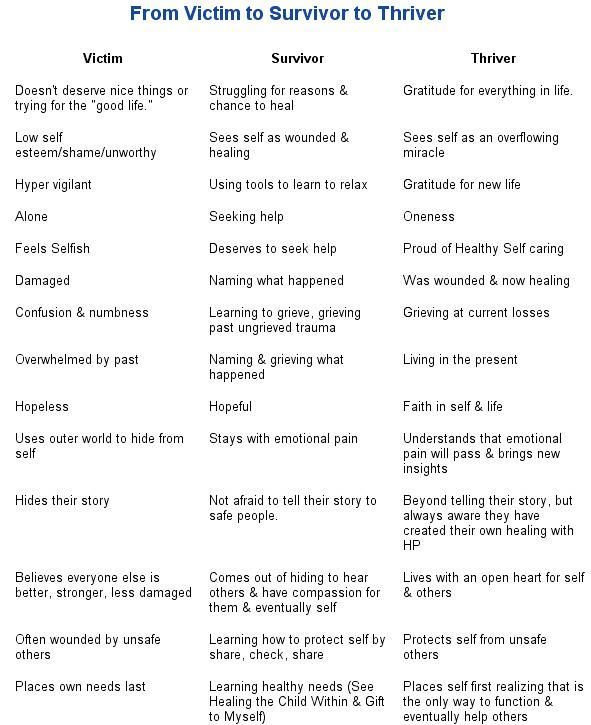 e. were happier, less stressed etc?
e. were happier, less stressed etc? - What would you tell someone you cared about to do if they told you they were having the same thought?
- What might be a different explanation for the one you have in your head right now?
At first positive affirmations can feel silly and awkward to do, but the more you practice them the easier they will become and the better you will start to feel about yourself. When you notice yourself slipping into the familiar negative thought patterns, try to counter them by telling yourself something positive about yourself and your life. List your accomplishments or the qualities you value in yourself, or if that’s too hard, the qualities you know others value in you. If it’s too hard at first to list how wonderful you are, focus on your life and the great things you have already done and what you have to look forward to in the future. Perhaps a walk or a coffee with friends in the next few days, or a trip you might be taking somewhere.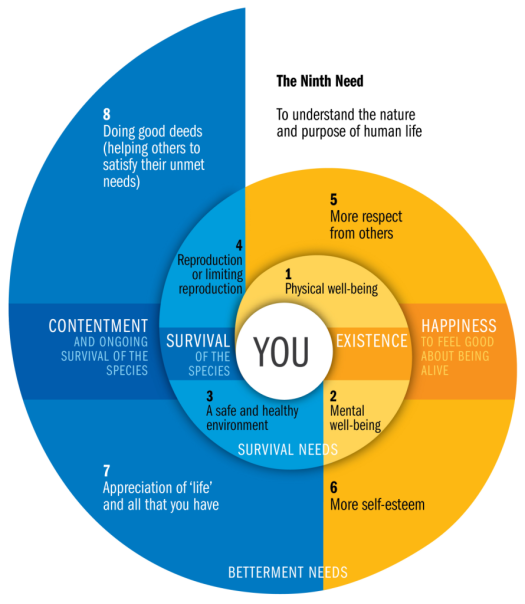 You don’t only need to use positive affirmations when you are feeling really negative. In fact, it’s a great idea to practice them daily so you get used to talking to yourself in that way. Another tip is to write some down on a piece of paper and keep it in your wallet, so you can remind yourself when you are stuck.
You don’t only need to use positive affirmations when you are feeling really negative. In fact, it’s a great idea to practice them daily so you get used to talking to yourself in that way. Another tip is to write some down on a piece of paper and keep it in your wallet, so you can remind yourself when you are stuck.
Try not to get discouraged if you are struggling with any of these methods. Remember, not all coping strategies will work all the time. Some may work in a particular situation, and not in others. In fact, some listed here may never work for you. The key is to try them all until you find the ones that suit you.
Stop the cycle of merry-go-round treatment and find the solution you’re looking for in trauma treatment. Through effective residential treatment, Khiron House helps you find the path you need toward health and wellness in recovery. For information, call us today. UK: 020 3811 2575 (24 hours). USA: (866) 801 6184 (24 hours).
5 Ways Childhood Neglect and Trauma Skews Our Self-Esteem
Self-esteem is one of the core concepts in regard to our self-perception, self-worth, and self-understanding. Self-esteem is something that people refer to all the time, be it a mental health professional, a regular person, and everyone in between.
Self-esteem is something that people refer to all the time, be it a mental health professional, a regular person, and everyone in between.
The word esteem comes from a Latin word aestimare, which means to estimate, to value, to evaluate, to judge. Self means that its about me, and Im the one whos estimating myself.
We estimate ourselves in terms of our worth, actions, skills, abilities, emotions, motives, and various other things. We do it consciously or unconsciously. Our estimation of ourselves can be correct, incorrect, or partially correct.
How Self-Esteem DevelopsWe are not born already being able to accurately assess the world and ourselves. Self-reflection is something a child starts developing as they become self-aware and develop a stronger sense of self.
In order for a child to develop a healthy and accurate self-esteem, they need mirroring, attunement, and validation from the caregiver.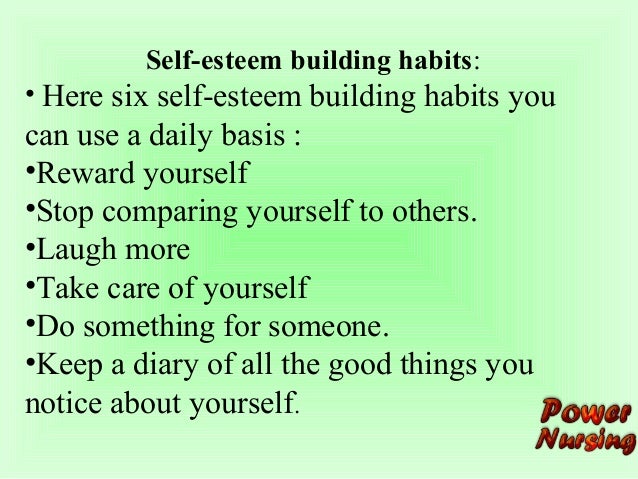 If the child doesnt get enough of it, their ability to self-assess is stunted or even damaged.
If the child doesnt get enough of it, their ability to self-assess is stunted or even damaged.
A big factor in the development of our self-esteem is the fact that as children we are dependent on our caregivers. By the nature of it, our early self-perception is mostly shaped by how we are seen by our primary caregivers and other authority figures. We internalize other peoples perception of us and eventually it becomes our self-image.
All of this means that if our early environment provides a skewed perception of us, we develop a skewed self-esteem. This impacts our lives as the issues that stem from it follow us into our adulthoods and sometimes last a lifetime.
These issues manifest themselves on many levels: intellectual (false beliefs, magical thinking, unrealistic standards), emotional (depression, chronic shame and guilt), or behavioral (addiction, self-loathing or destructive behavior).
Core Unhealthy Self-Esteem CategoriesAll self-esteem issues can be divided into two main categories.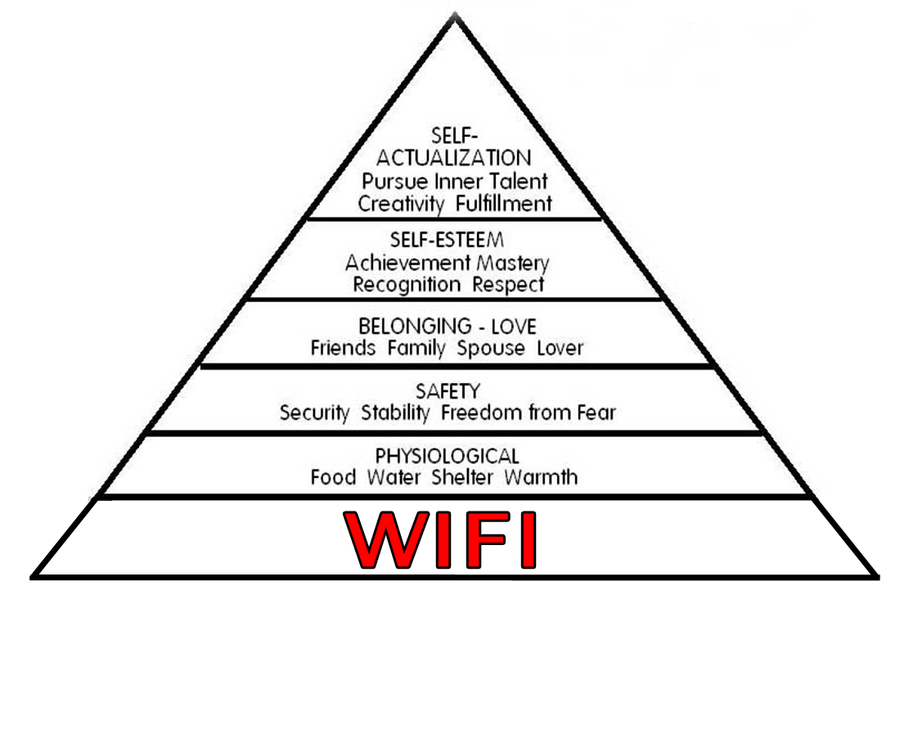 The first one is self-underestimation, which means that a person sees themselves as worse than they actually are. It relates to low self-worth, a lack of self-confidence, self-doubt, etc.
The first one is self-underestimation, which means that a person sees themselves as worse than they actually are. It relates to low self-worth, a lack of self-confidence, self-doubt, etc.
The second category is self-overestimation, which refers to a persons tendency to see themselves as better than they actually are. Examples would be shallowness, false self-confidence, fakeness, fixation on social status, and so on.
Below, we will explore five common self-esteem issues people have. Some of them you may notice in yourself while others may apply to people you know or have observed.
1. Never Feeling Good EnoughA lot of people grow up feeling that they are not good enough. If as children we are treated unfairly, like we are worthless or not good enough, then we may grow up believing that we are never enough.
Often such a belief stems from being held to unrealistic standards (perfectionism), being compared to others, and generally mistreated.
Growing up with such a mindset leads us to believe that whatever we are doing is not good enough, that we always have to do more, that we can never relax, and many other false thoughts.
2. Self-ErasureMany people are raised to take care of others and undermine their own needs, wants, preferences, emotions, and goals. Many caregivers wittingly or unwittingly see their child as someone who supposed to meet many of their needs (role reversal).
As a result of such an environment, the child, and later the adult-child, learns to self-sacrifice and self-erase. This leads to strong people-pleasing tendencies, poor self-care, aimlessness, emotional confusion, the inability so say no, and detachment from self.
3. Lack of self-love and self-carePeople who tend to underestimate themselves often suffer from poor self-care because they lacked love and care growing up. As I write in my book Human Development and Trauma: How Our Childhood Shapes Us Into Who We Are as Adults, Children who were not properly cared for and didnt have good examples of self-loving, self-responsible, healthy caregivers often grow up into adults who have difficulties taking care of themselves.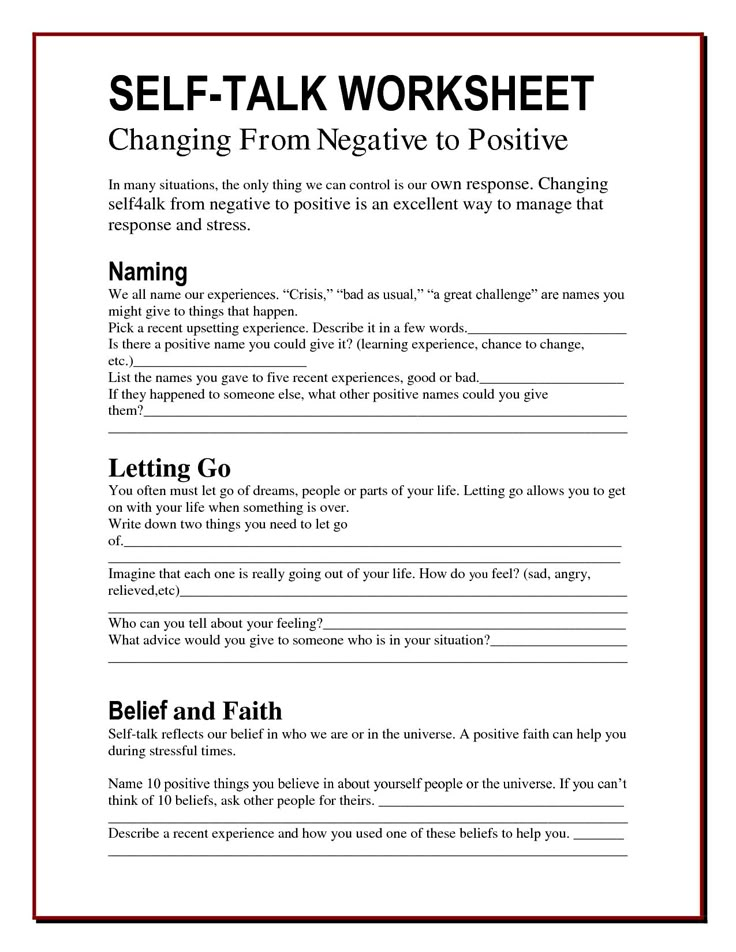
So now such a person consciously or unconsciously believes that they are unworthy of love and of getting their needs met. Sometimes it comes down to poor self-care skills, but often it comes from a deeper psychological belief that you are not important enough, that you are not worthy of it, that you cant have it, or that you dont matter.
A person who believes all of that, then, acts in a self-neglectful or even self-destructive and self-sabotaging manner. Childhood neglect leads to self-neglect.
4. Strong Narcissistic TendenciesPeople who strongly over-estimate themselves usually fall into a category that is referred to as narcissism, psychopathy, or sociopathy. While these tendencies are on a wide spectrum, they have certain things in common.
Most common characteristics of a highly narcissistic person are insecurity, poor emotional regulation, black and white thinking, seeing others as objects, self-absorption, manipulation, superficial charm, constant seeking for attention and social status, fakeness, confusion and inconsistency, pseudo-virtuousness, chronic lying and deception, projection, callousness, and a lack of self.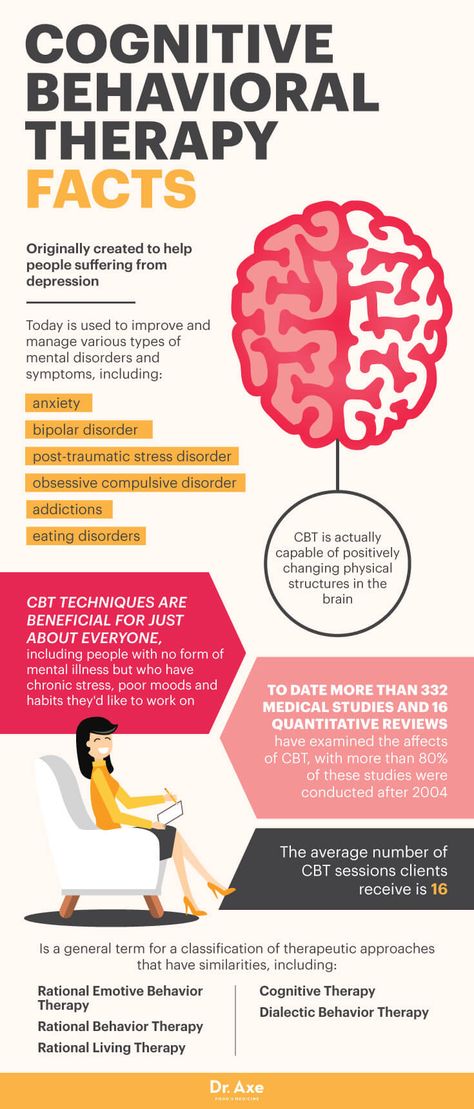
For the most part, narcissistic and otherwise toxic tendencies are defense mechanisms, or adaptations, that a person developed to adapt to their painful and otherwise unbearable environment.
They are extremely difficult to heal because, one, narcissists lack the very self-awareness that is necessary to change; and two, because many of these behaviors and character traits are often socially rewarded, hence there is little or even no incentive to change.
5. Social Anxiety and Psychological DependencySince we are highly influenced by others while growing up, many of us grow up being overly sensitive to other peoples perceptions of us. This manifests itself in numerous anxious thoughts and beliefs later in life: What if they think Im stupid? They think Im ugly. What can I do for them to like me? What if they will think Im a bad person? I dont want to appear weak. And so on.
A lot of people are dependent on other peoples validation and opinions.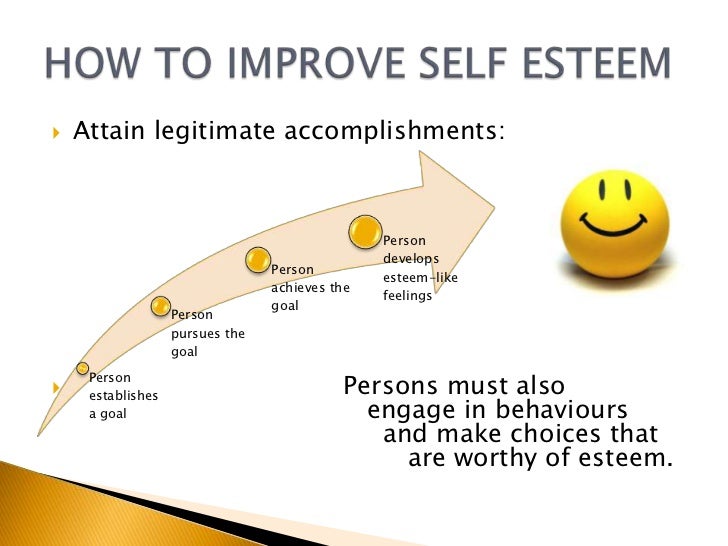 They either seek positive validation, or try to avoid disapproval and invalidation. This psychological dependency on others creates a lot of social anxiety and often results in dysfunctional behavior.
They either seek positive validation, or try to avoid disapproval and invalidation. This psychological dependency on others creates a lot of social anxiety and often results in dysfunctional behavior.
Self-esteem is a crucial element in our mental health and our overall well-being. How we see ourselves is significantly shaped by our early environment and our relationships with our primary caregivers. Later, it also involves other authority figures, peers, and similar influencers.
The more accurately we see ourselves, the more accurate our self-esteem is. As children, we start internalizing how others see us, and it becomes our self-perception. In many cases and in many aspects, this self-image is significantly skewed, which results in numerous psychological, emotional, and behavioral problems.
As adults, we can explore our self-perception and our ability to evaluate ourselves. Then we can correct the things that are untrue and problematic and develop a healthier self-esteem.
Photo byAlba Soler
Did you recognize any of this in your own upbringing? How did it affect you? Feel free to leave your thoughts in the comment section below.
Self-Esteem and Shame | Sensitivity and trauma
The question of self-esteem has long been a topic of popular psychology. Meanwhile, self-esteem (self-worth, self-awareness, self-perception) is not a particular parameter of the psyche, but the starting point of all life manifestations and claims. Self-esteem is dynamic, changing along with the development of a person - it suffers from the accumulated sense of shame and rises as pride is gained.
Excessive shame, called toxic, this feeling is much worse than other people - "ugly duckling", "unknown little animal", "not our kind-tribe". It forms when early childhood is overwhelmed with shaming looks or degrading words from significant people. Remember the words you heard many years ago that still hurt. Calling ourselves names, we use words that we were afraid to hear or heard in our address. Looking at ourselves in the mirror disapprovingly, we look with a critical look that belongs to a father or mother. Puberty, with the appearance of secondary sexual characteristics, brings new additional reasons to be ashamed. During this period, the idea of being no worse than others dominates in the mind of a teenager.
Looking at ourselves in the mirror disapprovingly, we look with a critical look that belongs to a father or mother. Puberty, with the appearance of secondary sexual characteristics, brings new additional reasons to be ashamed. During this period, the idea of being no worse than others dominates in the mind of a teenager.
Excessive shame, regardless of age, is experienced as "I am small and weak, but they are big and strong." Shame causes a desire to become invisible, fall through the ground, burn or die of shame. Anything to avoid. The direct experience of shame is extremely painful and therefore it appears in a shaded form under the masks of guilt, fanaticism, perfectionism, arrogance, shamelessness, underestimated claims or desire for power, overweight, alcoholism and other addictions. At the bottom of these very different and numerous states, shame is revealed upon careful examination.
The opposite of shame is not shamelessness, but pride in real accomplishments.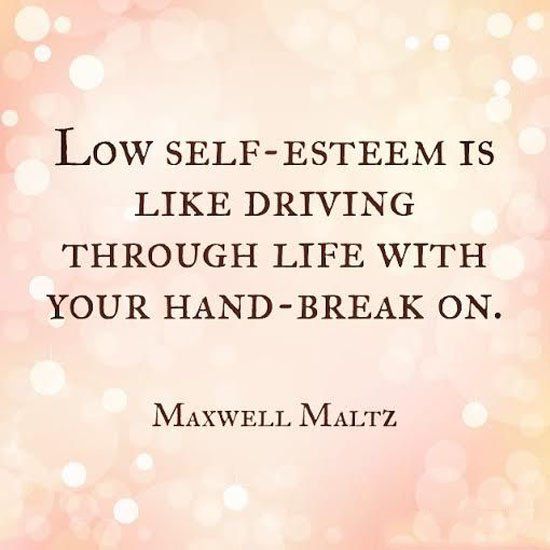 Normal moderate shame performs a socializing function and makes people out of us - “shame distinguishes a person from an animal” (Vl. Solovyov). Shame drives education, growth, skills, results, success, and respect. Through these efforts, the energy of shame generates realistic pride and normal self-esteem. Yes, shame is an uncomfortable feeling, but it makes us more human, more sensitive, more attentive to others and more delicate in communication. Knowing our vulnerability, we refrain from humiliating another person.
Normal moderate shame performs a socializing function and makes people out of us - “shame distinguishes a person from an animal” (Vl. Solovyov). Shame drives education, growth, skills, results, success, and respect. Through these efforts, the energy of shame generates realistic pride and normal self-esteem. Yes, shame is an uncomfortable feeling, but it makes us more human, more sensitive, more attentive to others and more delicate in communication. Knowing our vulnerability, we refrain from humiliating another person.
Excessive shame divides people, but moderate shame unites people. A close person is someone who accepts us as a whole, along with imperfection. He knows what is hidden from others and at the same time does not turn away, does not leave, does not leave alone alone with his shame.
“Do not ask, do not beg me, my beautiful mistress, my beloved beauty, so that I show you my disgusting face, my ugly body. You got used to my voice; we live with you in friendship, harmony, with each other, honor, we are not separated, and you love me for my unspeakable love for you, and when you see me, terrible and disgusting, you will hate me, unfortunate, you will drive me out of sight, and in separation from you I will die of longing ”(Scarlet Flower).
Since shame is associated with the exposure of the intimate, we devote a lot of energy to being dressed in the presence of other people and choosing the appropriate clothes. Psychological clothing - "social skin" is a normal self-esteem, which is formed from childhood and then we work out with our own work. Even self-sufficient people need praise and positive evaluation from people they respect. Even in the schizoid psyche of a self-contained person, the need for a response from another living being remains. The one who has lost shame becomes a horror for others, but sociopaths devoid of shame once in childhood were also ashamed.
To overcome excessive shame, you need to understand that this is an emotion inherent in all people. We inherit shame from Adam and Eve, who were expelled from Paradise and now we do not live in Paradise - we have self-awareness and are familiar with shame. In the paintings that reflect the biblical story, Adam and Eve do not hide their genitals, but their eyes, so as not to see the one who is looking at them. It is unbearable for a self-conscious person to endure a heavy shaming look on himself. And this is not a biblical story, but ours today. Self-awareness is accompanied by shame, self-consciousness and shame go together, and only in the unconscious existence is there no shame.
It is unbearable for a self-conscious person to endure a heavy shaming look on himself. And this is not a biblical story, but ours today. Self-awareness is accompanied by shame, self-consciousness and shame go together, and only in the unconscious existence is there no shame.
Millions of people use psychological defenses to stay away from shame. Even in psychology and psychotherapy, techniques and detours are used that lead away from shame. Good psychological help balances on the verge of not shaming and not hiding shame.
Resources of vital energy and life time are spent on concealing shame. Hiding shame makes mistakes that hurt themselves and others. But no matter how much you run away from shame, the meeting is inevitable. At a later age, it will manifest itself as quarrelsomeness and nit-picking towards others, sometimes in the behavior of children or grandchildren, when the person himself no longer understands that his own shame has returned.
Low and high self-esteem means that a person does not have adequate measures against shame and does not have a loved one with whom it is safe to share secrets.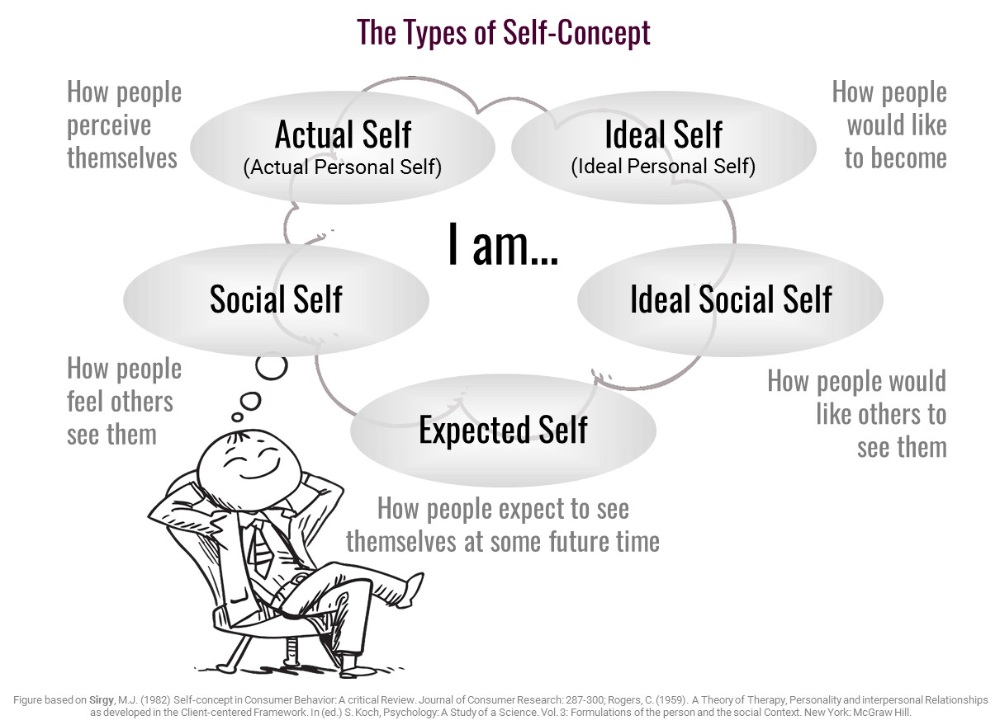 With low self-esteem, a person is habitually suppressed by shame, and in the case of high self-esteem, he jumps over shame like a cockerel in a frying pan. People familiar with shame and overcoming it, as a result, receive normal self-esteem, self-respect and are satisfied that they are ordinary people. V. Yoffe and J. Sandler (1967) associated low self-esteem with narcissism and wrote that "a person with high self-esteem also respects others, with a low one, is more interested in himself." Today, narcissistic disorders and the problem of shame are firmly linked together, and such unsightly manifestations of narcissism as complacency, a tendency to manipulativeness, immoderate self-presentation, outbursts of anger are explained by the presence of deep, unexpressed shame.
With low self-esteem, a person is habitually suppressed by shame, and in the case of high self-esteem, he jumps over shame like a cockerel in a frying pan. People familiar with shame and overcoming it, as a result, receive normal self-esteem, self-respect and are satisfied that they are ordinary people. V. Yoffe and J. Sandler (1967) associated low self-esteem with narcissism and wrote that "a person with high self-esteem also respects others, with a low one, is more interested in himself." Today, narcissistic disorders and the problem of shame are firmly linked together, and such unsightly manifestations of narcissism as complacency, a tendency to manipulativeness, immoderate self-presentation, outbursts of anger are explained by the presence of deep, unexpressed shame.
The transition from excessive shame to normal and the correction of self-esteem requires both personal achievements and the presence of at least one or two loving people nearby who accept you entirely. Childhood wounds of excessive shame are healed in regression, through benevolent voices and a supportive look - thanks to a person who can hear and see without judgment, a person who takes the position of a loving parent.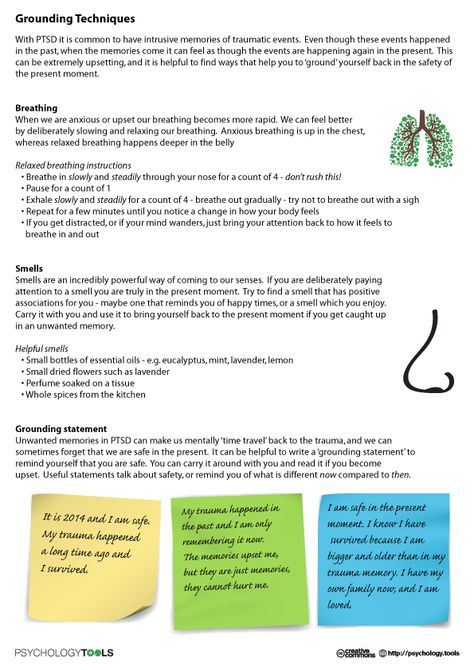 It’s good if there is such a person in your environment, and if not, a psychologist can take over his functions. If there is no psychologist and a loving person, then there must be at least a dog, a cat that needs you... - " it’s not good for a person to be alone ” (F. Dostoevsky).
It’s good if there is such a person in your environment, and if not, a psychologist can take over his functions. If there is no psychologist and a loving person, then there must be at least a dog, a cat that needs you... - " it’s not good for a person to be alone ” (F. Dostoevsky).
© Sergey Dremov (08 .12.2016)
Recommended movies:
"Ascent", 1976. Director: L. Shepitko. USSR.
Scarface, 1983. Director: B. De Palma. US
"Lord of the Tides", 1991. Director: B. Streisand. US
"Melissa: An Intimate Diary", 2005. Director: L. Guadagnino. Italy, Spain
"Sixteen Years of a Hangover", 2003. Director: R. Jobson. UK
"On the contour of the face", 2008. Director: P. Smirnov. Russia
Illumination, 2009. Director: R. Gritskova. Belarus
"Shame", 2011. Director: S. McQueen. UK
Intimate Places, 2013. Director: N. Merkulova, A. Chupov. Russia
"Geographer Globe Registered", 2013. Director: A. Veledinsky. Russia
Director: A. Veledinsky. Russia
Read related:
"The Ugly Duckling" (G. Andersen)
"Demons", "The Brothers Karamazov", "Crime and Punishment", "Bobok" (F. Dostoyevsky)
“Comb your hair a hundred times before going to bed” (M. Panarello)
Read online:
Shame over the Volga
The impact of narcissistic trauma on self-esteem of a person
Author : Borzunova Alena Alexandrovna
Category : Psychology
Posted by in young scientist №37 (432) September 2022
Publication date : 14.09.2022 2022-09-14
Article viewed: 76 times
Download electronic version
Download Part 3 (pdf)
References:
Borzunova, A.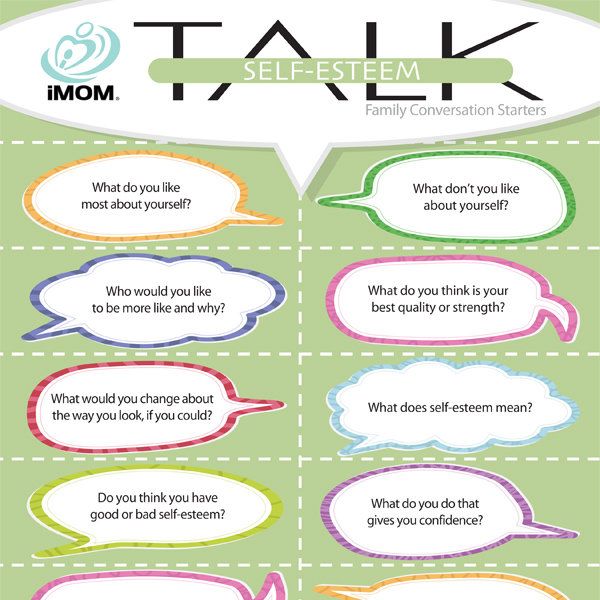 A. Influence of narcissistic trauma on personal self-esteem / A. A. Borzunova. - Text: direct // Young scientist. - 2022. - No. 37 (432). — S. 147-149. — URL: https://moluch.ru/archive/432/94897/ (date of access: 12/10/2022).
A. Influence of narcissistic trauma on personal self-esteem / A. A. Borzunova. - Text: direct // Young scientist. - 2022. - No. 37 (432). — S. 147-149. — URL: https://moluch.ru/archive/432/94897/ (date of access: 12/10/2022).
The problem of narcissism is becoming a modern neurosis, and more and more ordinary people can discover narcissistic trauma in themselves. This fact is connected with the requirements of modern society, high standards that must be met, success and ideality, which must be strived for. People are valued by their achievements and external attributes in case of inconsistency, which in the first place injures a person's self-esteem.
Keywords: narcissistic trauma, Self-structure, narcissism, selfhood, self.
In a narcissistic injury, the self-structure of a person is first injured. In order to survive the loss of the inner self-structure and protect against possible psychological trauma, patterns of narcissistic response are formed in the personality:
- distanced-aloof, this is behavior in which a person behaves coldly and aloofly;
– compensation through vigorous activity;
- envy, jealousy, rivalry, a person has the impression that others get more and easier;
– aggression and narcissistic anger [1];
The result of a narcissistic injury for a person will be a feeling of loneliness, dissatisfaction with life, a feeling of inner emptiness.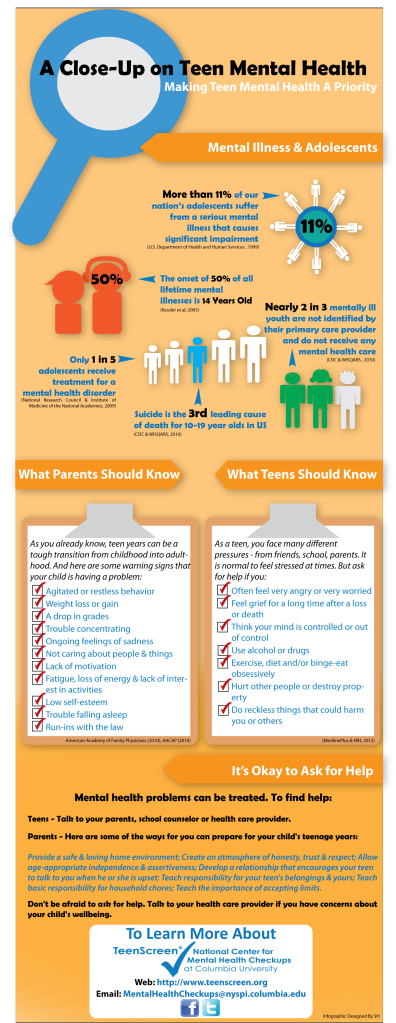
The situation of criticism directed in his direction will cause unbearable shame in a person. “Any source of negative feedback can again cause serious injury and provoke a fit of rage or defensive reactions” [2, p. 86], [1].
In the understanding of a person, if any of what he says, does, feels, is rejected, it is perceived as a rejection of himself. And this is extremely damaging to his fragile self-esteem.
He becomes vulnerable and subsequently chooses either isolation, or tries to please other people excessively so as not to cause a negative reaction in his direction [3].
The isolation and distance that a person creates in a relationship protects him from reality, in which the person he idealizes is not good enough and thus helps to maintain the illusion. Isolation also protects against close relationships in which the true self can be revealed, so people with narcissistic trauma choose to suffer from loneliness, instead of going out to people [2].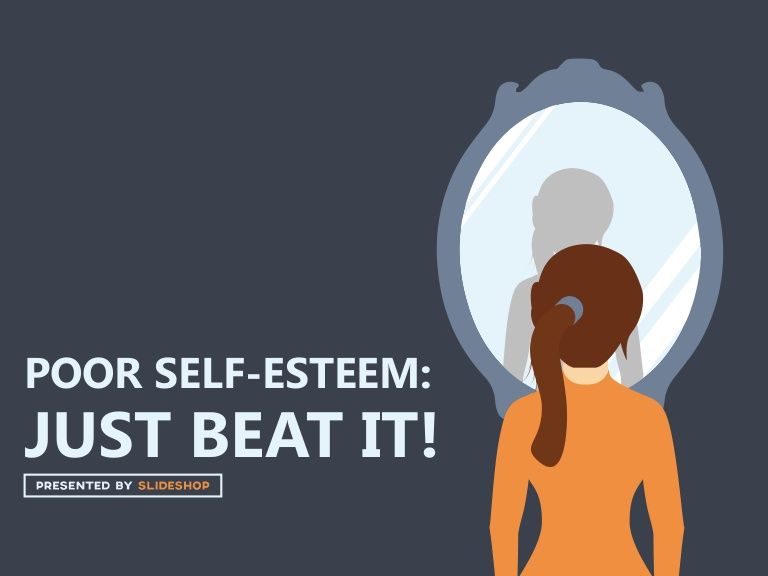 At the same time, the need for other people remains, since self-esteem and understanding of what I am depends on their assessments.
At the same time, the need for other people remains, since self-esteem and understanding of what I am depends on their assessments.
A narcissistically injured person has inflated demands on himself, which, from the external demands of parents, are internalized with age and turn into a cruel internal critic. A critic who mercilessly falls for the slightest mistake and slip, without giving a chance for a mistake. Inside there is a feeling that for acceptance and love it is necessary to be successful from this in their life there is a desire for achievements and rewards, while having the conviction that this does not require much effort, therefore, successes that require hard work do not bring satisfaction. And the rest of the achievements are depreciated by the person himself, as they seem insufficient to him and having reached the goal, there is no saturation inside, from which they go on a new race to reach new heights [2]. Such races eventually deplete the personality, and self-esteem is never filled, because any confirmation from the outside is not enough, in the absence of an understanding of one's own value by the person himself. The manner of devaluing is an experience of childhood, when a child, in order to educate and obtain better results, could be taught that he is not doing everything well enough or not at all what is necessary.
The personality has a tendency to see others as more attractive, smarter, more capable, better at everything than themselves. It is unimaginable for people with narcissistic trauma that anyone other than them could feel insecure or stupid [3]. Being cut off from one’s feelings does not allow a person to feel and imagine what other people feel [5]. This makes them seem cold and unfeeling.
A person with a narcissistic injury begins to exhibit narcissistic character traits and a narcissistic personality to varying degrees.
Character theorists (Levy and Bleecker, 1975) have presented five stages of character development:
1) Self-affirmation is the initial manifestation of instinctive needs.
2) The negative response of the environment is the frustration of these needs by society.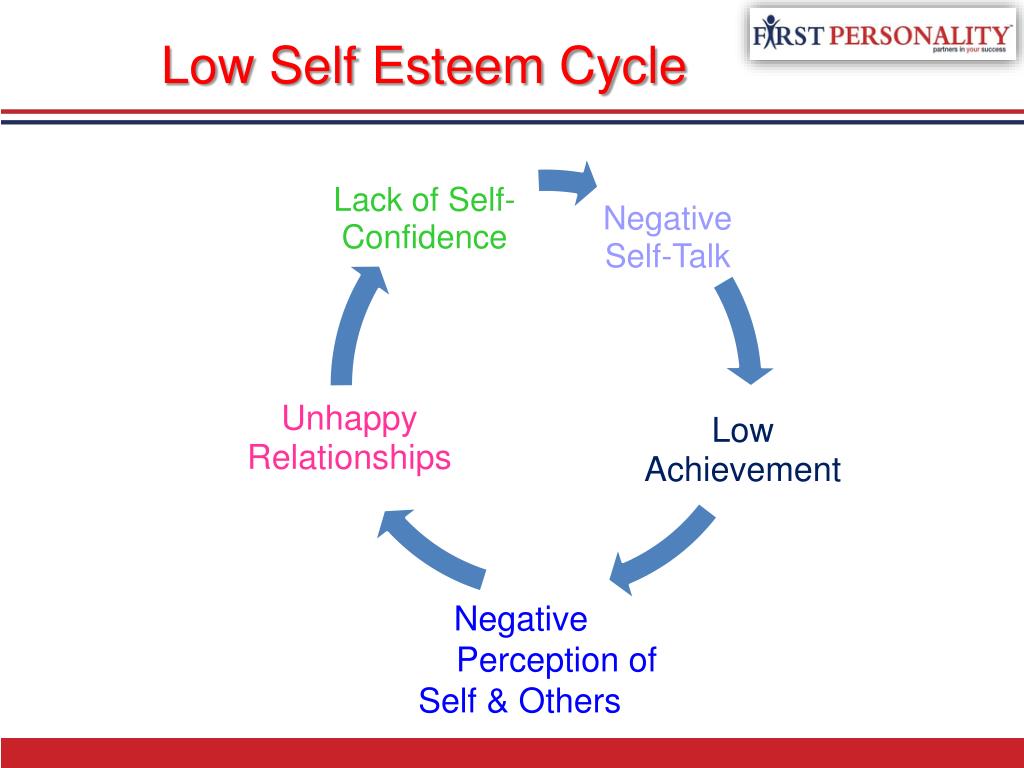
3) Organic reaction - the response to frustration, as a rule, looks like an experience of negative feelings, anger, sadness and regret.
4) Self-negation is a sophisticated form of turning against one's own self, identifying oneself "with the environment turns the personality against itself, leads to internalization of the blockade of self expression and creates psychopathology" [2, p. 9].
5) Stage of adaptation At this stage, a person must exaggerate the qualities in himself that are approved by his social environment. Thus avoids the repetition of narcissistic trauma resulting from the demonstration of the real self [2].
A narcissistic personality is an adult who, as a result of trauma, has stopped developing morally and emotionally. He does not have a realistic sense of the Self and his possibilities. A person, discovering his shortcomings, cannot put up with them and carefully hides them, while experiencing an unbearable sense of shame [5, p.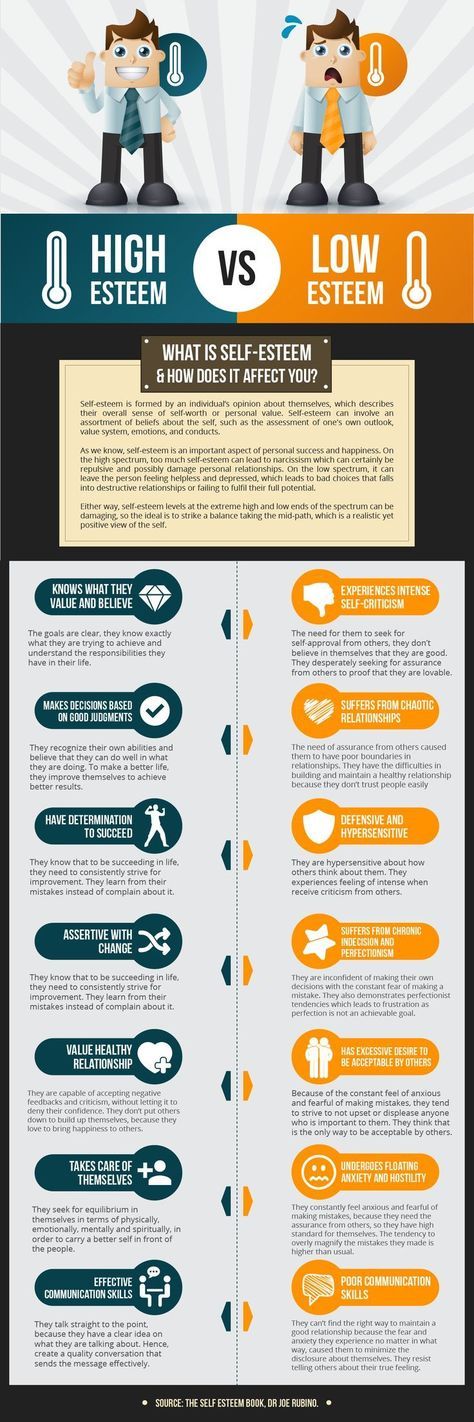 9].
9].
In "Narcissism as a consequence of trauma and early experiences", the authors write about the origins of narcissistic traits that appear as a result of deviation from an ideal parenting, where there is "either neglect / abuse (not enough nurturing attention) or overindulgence (too much nurturing attention). ) (Stone, 1993)” Both parenting models prevent parents from seeing the child as a whole. It turns out that they do not see their real child, some see an idealized, and the second devalued [7].
It becomes more important for a person to look better and think better about himself than to feel better. This conclusion is formed due to the parent's handling of the child's feelings, denying the feelings is gradually lost contact with them. The child observes what parents expect from him and responds to these expectations. Instead of understanding his needs, he develops a sense of his influence on the needs of the parent and the desire to satisfy them, thus gaining a sense of his own importance and strength [2].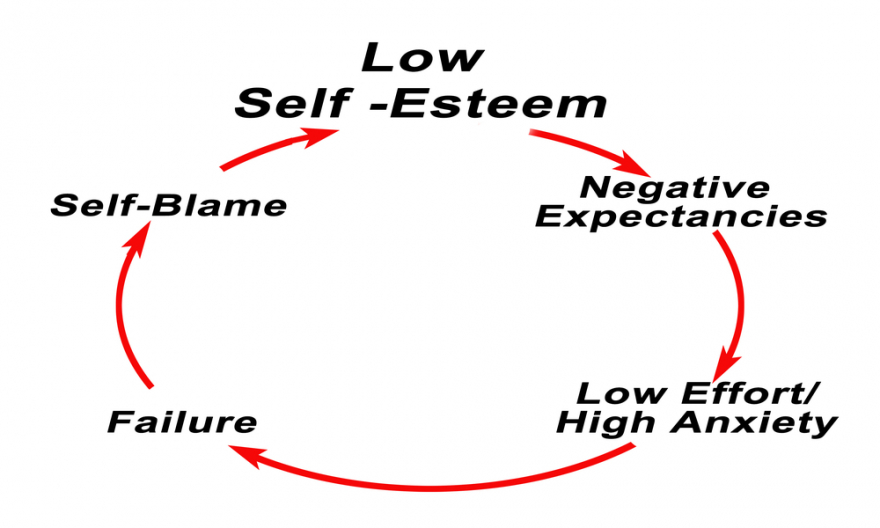 As adults, these people are unable to differentiate their feelings, as they have lost this ability. The loss of feelings in general is a fairly common phenomenon of our time, feelings are often perceived as unpleasant, interfering with rationality and objectivity.
As adults, these people are unable to differentiate their feelings, as they have lost this ability. The loss of feelings in general is a fairly common phenomenon of our time, feelings are often perceived as unpleasant, interfering with rationality and objectivity.
Sometimes a person can reach a state that he begins to feel that he is expected and confuses this with his real emotions, so he wants to get approval from others [6].
If a person does not have a sense of who I am, and not being able to recognize his feelings, a person's self-esteem becomes extremely unstable, and the internal alienation that forms as a result does not make it possible to get satisfaction from life.
A person with a narcissistic injury is constantly struggling to maintain self-esteem, but by this very process he isolates himself from the attention he craves. Perhaps it is best to say that the narcissistic self is in a chronic state of formation, which they relentlessly pursue through various social contacts that turn out to be superficial [6].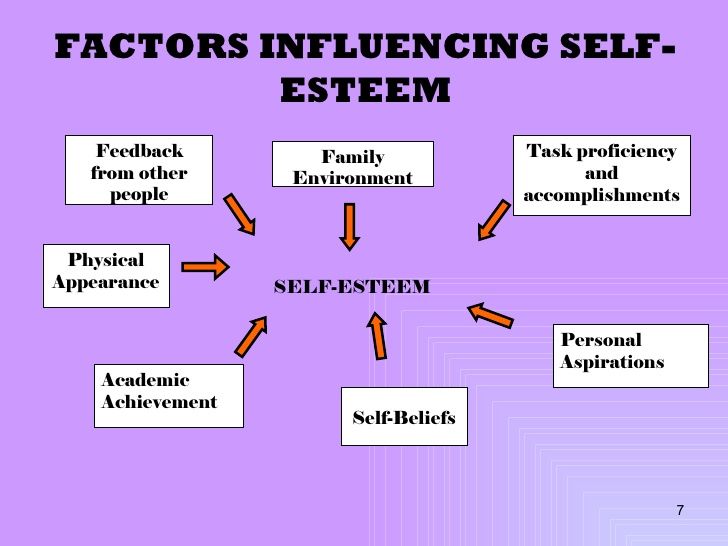
Literature:
- Lange, A. Grandiose loneliness. Narcissism as an anthropological-existential phenomenon // Moscow Psychological Journal. - 2002. - No. 2.
- Stephen M. Johnson. Character psychotherapy. Methodological guide for students of the course "Psychotherapy". M .: Center for Psychological Culture, 2001. - 356 p.
- Stephanie Donaldson-Pressman, Robert M. Pressman. Narcissistic family: diagnosis and treatment.
- Sokolova E. T., Chechelnitskaya E. P. Psychology of narcissism: a study guide. - M .: Educational and methodological collector "Psychology", 2001. - 90 s
- Hotchkiss S. Infernal web: How to survive in a world of narcissism / Per. from English. V. Mershavki. — M.: Independent firm. Klass., 2011. - 248 p. — (Library of Psychology and Psychotherapy)
- Asper K. Psychology of the narcissistic personality. Inner child and self-esteem. 2nd ed. - M : "Dobrosvet", "KDU Publishing House", 2021.
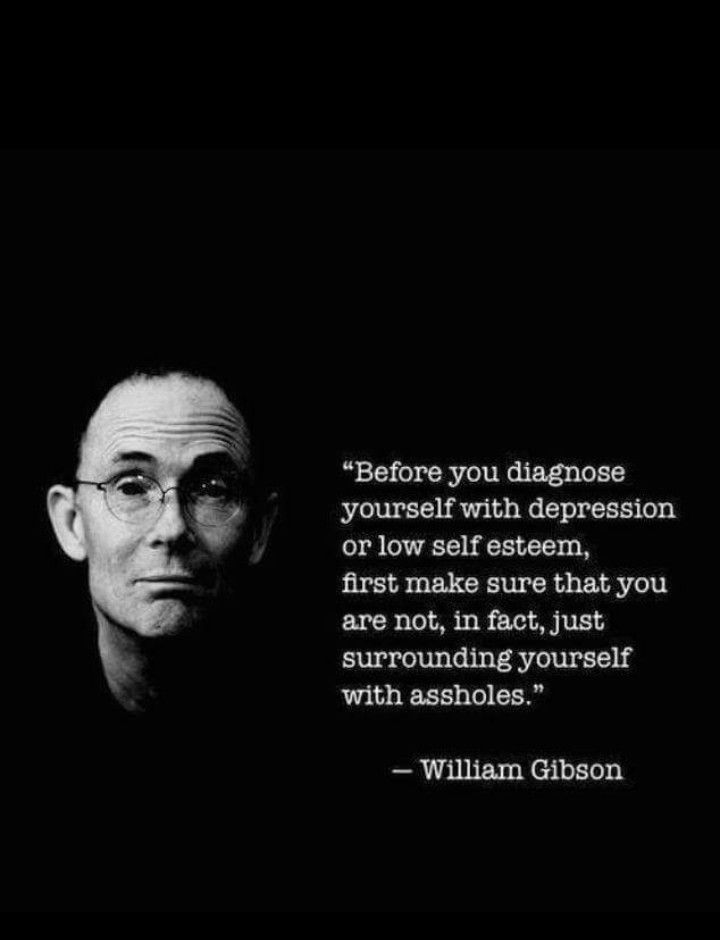 - 336 p.
- 336 p. - Narcissism as a consequence of trauma and early experiences Written by Dolores Mosquera and Anabel Gonzalez From ESTD Newsletter Volume 1 Number 4, September 2011
Basic terms (automatically generated) : personality, trauma, possibility, caring attention, the person himself, the consequence of trauma, feeling.
Keywords
narcissism, self, narcissistic injury, I am structure selfnarcissistic trauma, self-structure, narcissism, self, self
Similar articles
Influence of childhood
trauma on adult life . ..destroy personality : “If a child has experienced mental trauma , then he remains vulnerable all his life.
..destroy personality : “If a child has experienced mental trauma , then he remains vulnerable all his life.
Quite often feeling emotions who suffered traumas during , it would seem that they are
Some people who have experienced psychological trauma in childhood begin to experience a feeling of inferiority, self-destruction, if the signs of the trauma do not disappear, and they do not...
A study of the impact of psychotrauma on life prospects...
Such extreme dynamic phenomena inevitably force personality
0111 consequence , to the transformation of the systemThe study involved 40 people , including 20 men and 20 women in
20 people. — survivors of psychological trauma in the past and 20 people.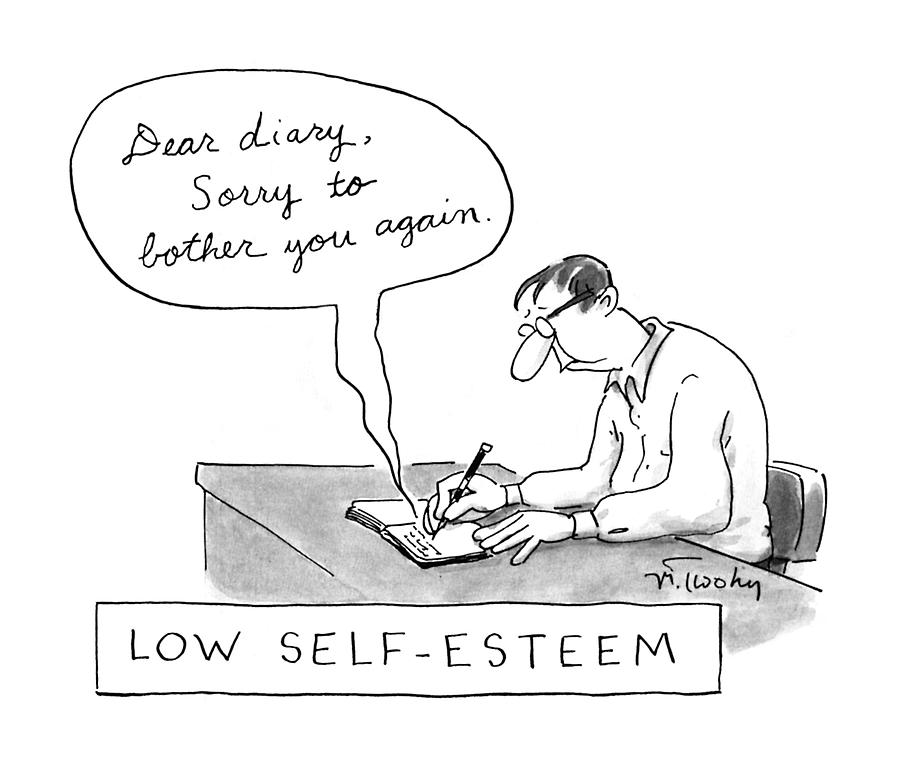 — control group ( people , with...
— control group ( people , with...
Treatment of patients with
damage to nerves | Journal article...This group includes patients with acute traumatic injury nerves (the emphasis on acute trauma is not accidental: in the pathogenesis of tunnel neuropathies, a significant role is also assigned to trauma , but not acute, but chronic).
Injury loss of a loved one | Journal article...
In this article we will touch on a specific topic trauma loss of a loved one and injuries0111 attention on some important things.
Not only tension, but also other sensations and feelings .
for the departed person so that people consciously see the border between life and death, so that people again become an integral personality .
Where do psychological injuries come from
| Journal article...Not injured people does not happen, but there are injuries that prevent you from living and enjoying life!
Various emotions , feelings , sensations arise in trauma systemic relations.
Let's try to figure it out: "Where does trauma originate?" So traumas we can
But a child grows into an adult personality and if it has been devalued, who will grow it up?
Impact of trauma on life perspective
personality c) ideas about oneself and one's life are collapsing, there is a disadaptation of the personality . Types of change in the life path system and, as a consequence of , life perspective can be feelings guilt, resentment, fear.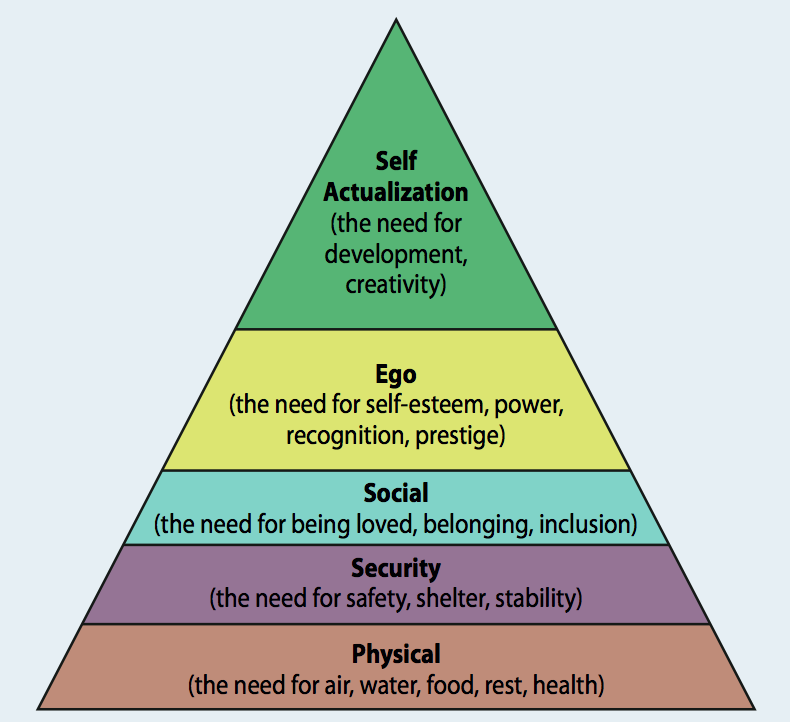 ..
..
The conceptual side of the modern approach to the use of...
... of value, first of all, for the person himself , the most important part
The modern approach to the use of individual psychology time
Being an important part of the pursuit of excellence, a sense of community is acquired when people ...
On the question of studying the qualities of a viable personality
...and each person copes with them differently: some get psychological traumas , others
A small number of connections contributes to their feeling of safety and security. [3, p.102].
faith in yourself, in your strengths and possibilities , awaken the desire to become resilient people .
It is during this period that the active process of adaptation of the child's personality takes place.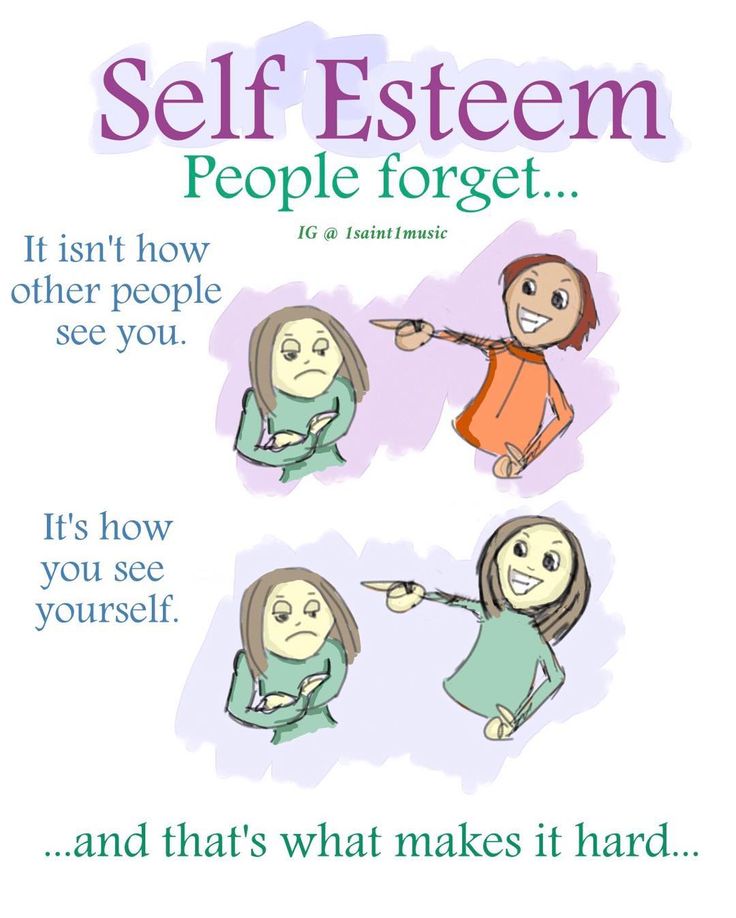
A theoretical review of the phenomenon of body image in patients...
Brain injuries - the most common injury after an accident and is the main one
Almost every day the number of people with craniocerebral injuries very quickly
This term includes the appearance and well-being of a person , his thoughts and feelings to
At this time, it is worth paying great attention to people with mental...
Similar articles
Influence of childhood trauma on adult life
...destroy personality : "If a child has experienced mental trauma , then he remains vulnerable all his life.
quite often sensing emotions , which suffered during injuries , it would seem that they are
Some people , who experienced psychological injury in childhood, Penitentiary of inferiority begin to experience, if they do not disappear, if the signs of are not disappointed, if the signs are of injury 111111111 and they don't.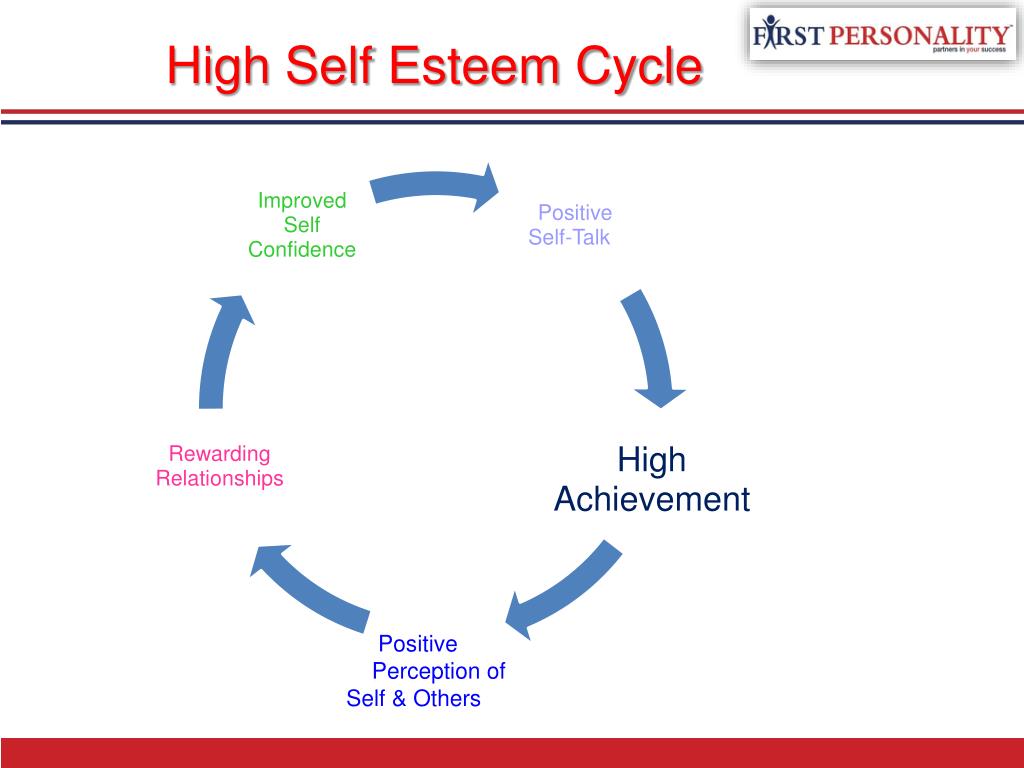 ..
..
A study of the impact of psychotrauma on life prospects...
Such extreme dynamic phenomena inevitably force personality
way, plans, attitude to all modes of time, and as a consequence , to the transformation of the system in
20 people — survivors of psychological trauma in the past and 20 people. — control group ( people , with...
Treatment of patients at
nerve injury | Journal article...This group includes patients with acute traumatic injury of the nerves (the emphasis on acute trauma was not accidental: in the pathogenesis of tunnel neuropathies, a significant role is also assigned to injury , but not acute, but chronic).
Injury loss of a loved one | Journal article.
 ..
.. In this article we will touch on a specific topic injuries loss of a loved one and injuries
Sometimes cannot concentrate attention on some important things.
Not only tension, but also other sensations and feelings .
for the departed person so that people consciously see the border between life and death, so that people again become an integral personality .
Where do psychological 9 come from0111 injuries
| Journal article...There are no people who are not injured , but there are injuries that interfere with living and enjoying life!
Various emotions , feelings , sensations arise in trauma systemic relations.
Let's try to figure it out: "Where does trauma originate?" So injuries we can
But an adult grows out of a child personality and if it has been devalued, who will raise it?
The influence of psychotrauma on the life prospects
of a personc) ideas about oneself and one's life are collapsing, there is a disadaptation of the personality . Types of change in the life path system and, as a consequence , life perspective can be
Among those who have studied the positive consequences of trauma , it is worth mentioning Tadeshi and Calhoun (1996)
emotional (a wide range of feelings and emotions - feelings guilt, resentment, fear ...
The conceptual side of the modern approach to the use of...
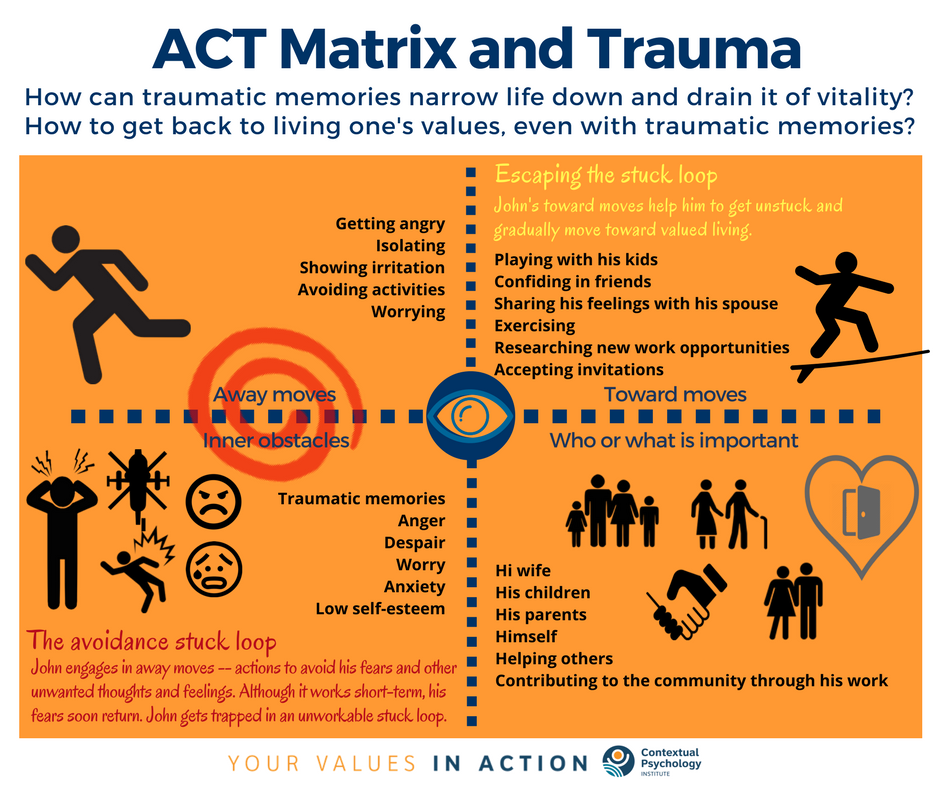
... of value, first of all, for the person himself , the most important part0111 trauma fears over time
Being an important part of the pursuit of excellence, a sense of community is acquired when people ...
On the question of studying the qualities of a viable personality
...and every person copes with them differently: some get psychological traumas , others
A small number of connections contributes to their feeling safety and security. [3, p.102].
faith in yourself, in your strength and opportunities , awaken the desire to become resilient people .
It is during this period that the active process of adaptation of the child's personality takes place.
A theoretical review of the phenomenon of body image in patients.






